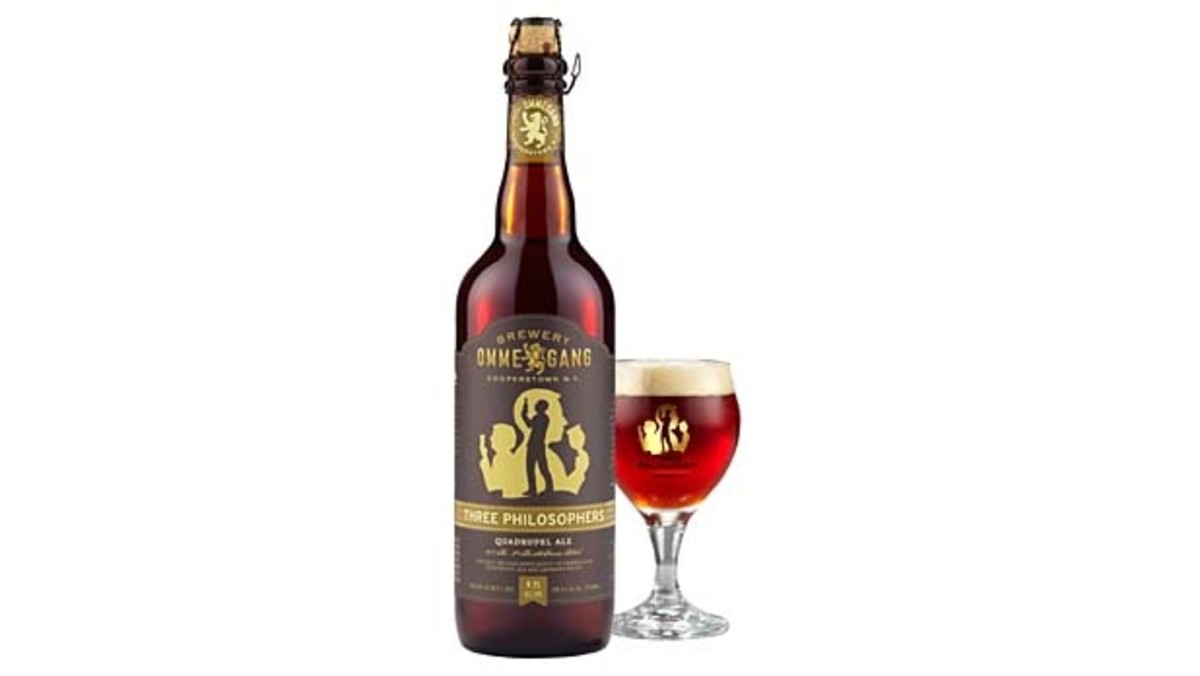Opening the Mysteries of Distillery Processes: An In-depth Introduction
Within the world of distillery procedures exist complexities that frequently stay veiled to the casual viewer. As we venture into the depths of spirit aging methods and the accuracy of quality control steps, a tapestry of scents and flavors emerges, formed by cutting-edge practices and classic traditions.
The Art of Mashing and Fermentation
In the distillery process, the art of mashing and fermentation plays an important role in transforming raw materials right into the first stages of alcohol production. Mashing involves the process of breaking down the starches in grains like rye, corn, or barley, right into fermentable sugars.
Yeast, a crucial player in this stage, is included to the wort to kickstart the fermentation process. This transformative procedure typically takes numerous days to complete, depending on the preferred alcohol material and taste profile.
Mashing and fermentation are intricate procedures that set the structure for the alcohol that will ultimately be distilled and matured to produce an end product with unique qualities and tastes.
Comprehending the Purification Refine
One of the essential phases in the production of alcohol includes understanding the purification process. Purification is a method utilized to different alcohol from the fermented fluid, generally via heating and cooling down procedures.

Comprehending the purification process is important for distillers to manage the top quality, stamina, and taste of the alcohol being generated. By grasping the art of purification, distilleries can create a wide array of spirits with distinct attributes that interest different consumer choices.
Secrets of Spirit Aging Methods
Exploring the complexities of spirit aging techniques unveils the concealed creativity behind the development of nuanced flavors and scents in distilled beverages. The aging process is a crucial phase in the production of spirits, where the fluid interacts with the oak barrels, taking in substances that enhance its profile over time. Distilleries often utilize charred oak barrels, which give one-of-a-kind tastes to the spirit via a process of removal and oxidation.
Moreover, the ecological problems in which the barrels are saved play a substantial duty fit the last product. Changes in temperature and humidity can affect the price of aging and the interactions between the spirit and wood. Master distillers masterfully navigate these variables to craft spirits with distinct individualities, symbolizing the culmination of ingenious methods and time-honored traditions.
High Quality Control and Testing Techniques
The careful craftsmanship demonstrated in selecting barrels and managing aging durations in the spirits production process highlights the important value of stringent top quality control measures and accurate screening methods (Seawall Bar). Quality control in distilleries involves several stages to ensure that each batch satisfies the preferred standards. From basic material assessment to end product evaluation, each step is crucial in preserving consistency and excellence
One necessary aspect of quality assurance is sensory evaluation, where skilled specialists assess the aroma, flavor, and total top quality of the spirits. Chemical analysis methods such as gas chromatography and mass spectrometry are utilized to Homepage identify any pollutants or inconsistencies from the desired composition. In addition, physical tests like density measurements and pH evaluation give more insights right into the item's features.
To guarantee adherence to internal standards and regulative needs, distilleries likewise carry out microbiological testing to check for any microbial contamination that might influence the product's security and shelf life. By implementing durable high quality control and testing approaches, distilleries can maintain their online reputation for creating costs spirits consistently.
Discovering Unique Taste Mixtures

In the process of taste mixture, the chosen botanicals are added to the base spirit and left to macerate or high for a given period. This allows the alcohol to remove the tastes and essential oils from the botanicals, causing an unified blend of tastes (Galveston Whiskey). Distilleries may also use methods like vapor infusion or basket mixture during distillation to present certain flavors to the spirit
Furthermore, some distilleries choose barrel aging or barrel finishing strategies to present additional intricacy and depth to their spirits via communications with the wood. These approaches add to the creation of special flavor profiles that interest a discerning target market seeking novel and unforgettable alcohol consumption experiences.
Final Thought
In conclusion, the distillery refines involve detailed steps such as mashing, fermentation, purification, aging, and taste infusions. Quality assurance and testing methods are crucial in making certain the end product fulfills requirements. Comprehending the science behind these processes is crucial for creating high-grade spirits. By unlocking the mysteries of purification, distillers can create special and flavorful spirits that appeal to a large range of customers.
As we venture into the midsts of spirit aging techniques and the precision of high quality control actions, a tapestry of tastes and aromas emerges, shaped by innovative practices and time-honored traditions. Distilleries usually make use of charred oak barrels, which present unique tastes to the spirit via a procedure of removal and oxidation.Using a click here for info diverse range of ingredients and botanicals, distilleries can craft unique flavor mixtures that establish their spirits apart in an affordable market. Distillery in Galveston.In the procedure of taste mixture, the chosen botanicals are added to the base spirit and left to macerate or high for a given period. Distilleries may additionally use methods like vapor infusion or basket mixture during distillation to impart specific tastes to the spirit
Comments on “Galveston Liquor: The Ultimate Destination for Spirits and Red wines”